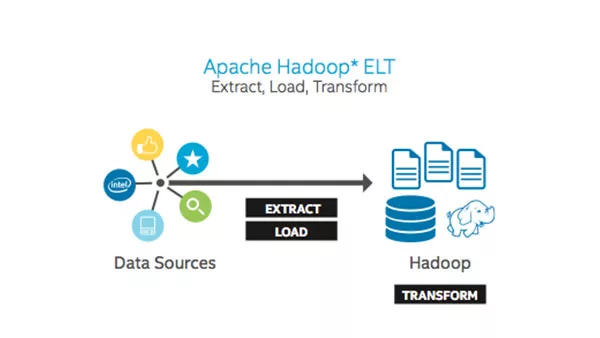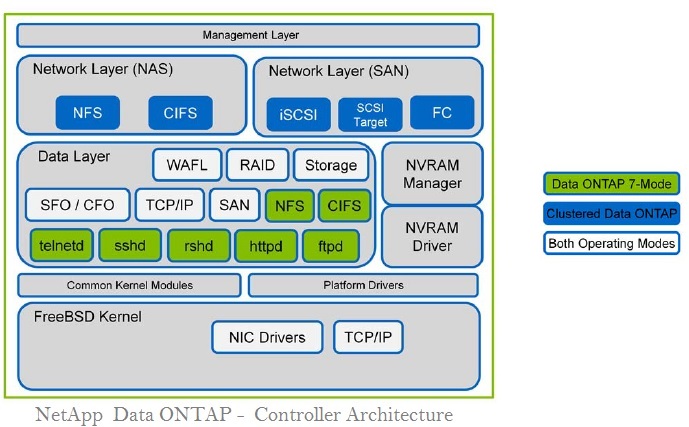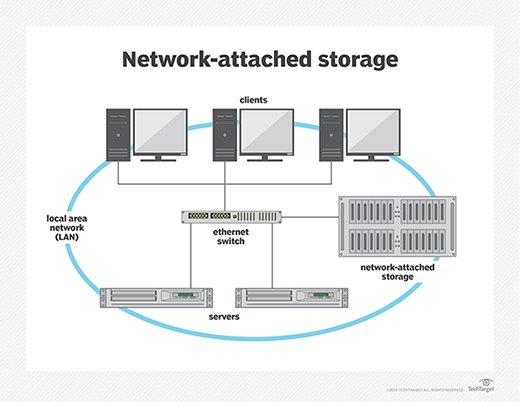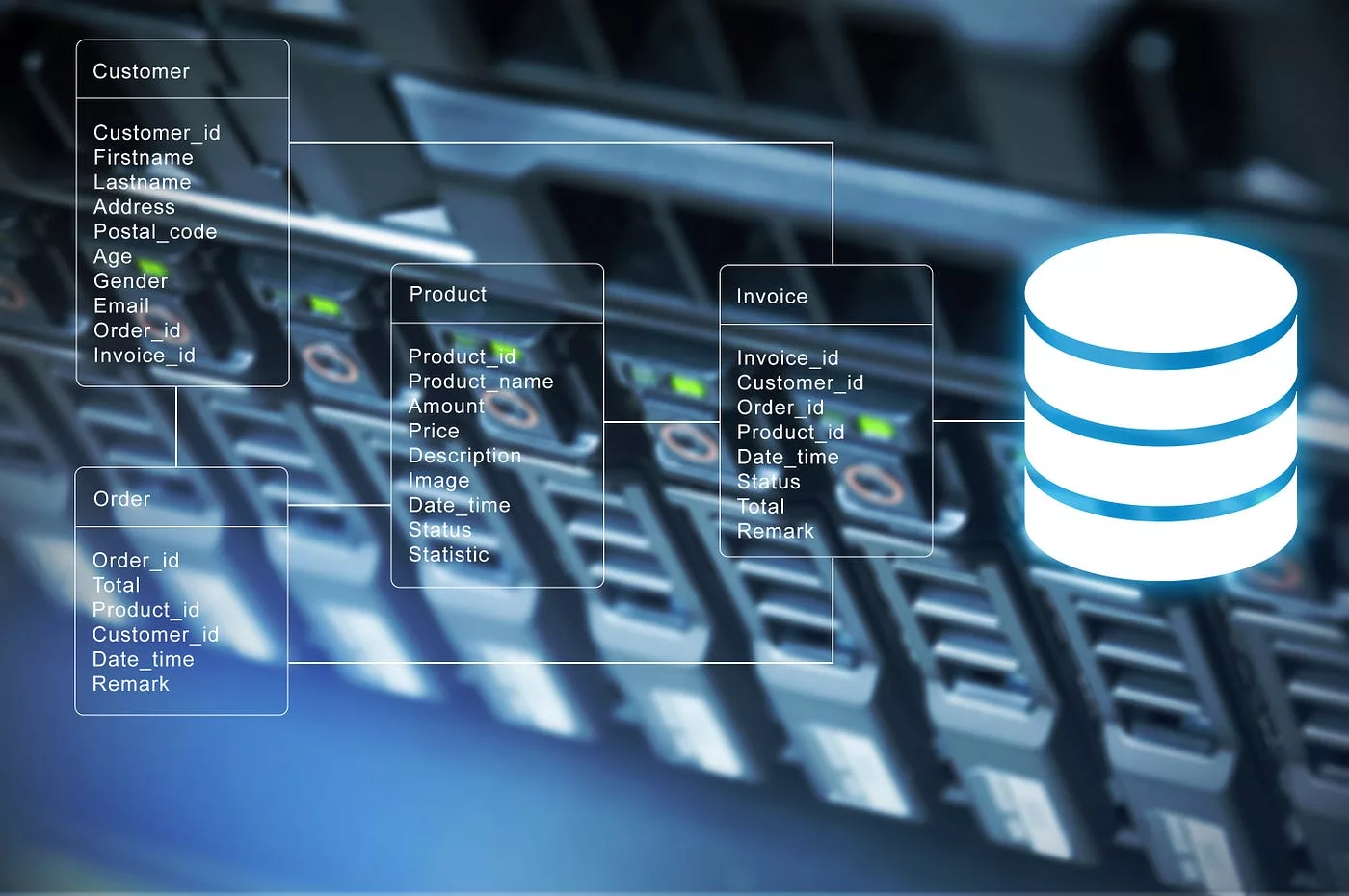Welcome to the exciting world of Hadoop! If you’ve ever wondered how big data is managed and analyzed on a massive scale, then you’re in for a treat. Hadoop is the powerhouse behind some of the most impressive data processing systems out there, helping companies make sense of mind-boggling amounts of information. In this comprehensive guide, we’ll delve into what exactly Hadoop is, its key components, how it works, and its benefits and drawbacks. So grab your curiosity hat, and let’s embark on an enlightening journey through the realm of Hadoop!
What is Hadoop?
Hadoop, at its core, is an open-source framework designed to store and process vast amounts of data in a distributed computing environment. The Apache Software Foundation created it, and has become the go-to solution for handling big data effectively.
So, what makes Hadoop so special? Well, unlike traditional databases or storage systems that struggle with massive datasets, Hadoop embraces a distributed model. This means that instead of relying on a single machine to handle all the processing power and storage capacity, Hadoop spreads the workload across multiple computers connected to a cluster.
At the heart of Hadoop lies two key components: HDFS (Hadoop Distributed File System) and MapReduce. The former acts as a reliable file system capable of storing petabytes upon petabytes of data across numerous machines. Meanwhile, MapReduce provides the computational engine necessary for distributing tasks across those machines and aggregating their results.
The beauty of Hadoop lies not only in its ability to scale horizontally but also in its fault-tolerant nature. If one node fails or experiences issues during processing, another can easily take over without losing any progress.
In essence, Hadoop revolutionizes how we handle big data by making it more accessible and manageable than ever before. With this powerful tool at your disposal, you can unlock valuable insights from your datasets that were previously hidden away in mountains of information. So buckle up because there’s so much more to explore!
The Different Components of Hadoop
Hadoop is a complex system composed of several different components that work together to process and analyze large volumes of data. These components include the Hadoop Distributed File System (HDFS), MapReduce, YARN, and various other tools.
The Hadoop Distributed File System (HDFS) is like the backbone of Hadoop. It is responsible for storing and managing massive amounts of data across multiple machines in a distributed manner. This allows for scalability and fault tolerance, ensuring that even if one machine fails, the data can still be accessed.
MapReduce is another key component of Hadoop that enables parallel processing of data. It divides the tasks into smaller sub-tasks and distributes them across multiple nodes in a cluster, allowing for efficient computation on large datasets.
YARN (Yet Another Resource Negotiator) acts as a resource management framework in Hadoop. It allows different applications to run simultaneously on a shared pool of resources, allocating resources based on their needs.
In addition to these core components, there are various other tools and frameworks available within the Hadoop ecosystem. These include Hive for querying structured data using SQL-like language, Pig for analyzing large datasets using a high-level scripting language, Spark for fast and flexible big data processing, and many more.
Each component plays a crucial role in enabling big data processing and analysis with Hadoop. By leveraging these different components together, organizations can harness the power of distributed computing to gain insights from vast amounts of structured or unstructured data without overwhelming their infrastructure or budget constraints.
How Does Hadoop Work?
Hadoop, the open-source framework that revolutionized big data processing, works on a distributed computing model. It enables organizations to store and process large volumes of unstructured and structured data across clusters of computers.
At the heart of Hadoop are its two primary components: the Hadoop Distributed File System (HDFS) and MapReduce. The HDFS breaks down files into blocks and distributes them across multiple servers in a cluster for efficient storage. On the other hand, MapReduce processes data by dividing it into smaller tasks that are performed simultaneously on different nodes within the cluster.
When a user submits a job to Hadoop, it first splits the input data into chunks called InputSplits. These splits are then assigned to different data nodes in the cluster for parallel processing. Each DataNode independently processes its assigned split using MapReduce tasks.
The output from each Map task is collected by Reducer tasks which combine results from multiple Mappers to generate final outputs or summaries. This distributed processing approach allows for massive scalability and fault tolerance since even if some nodes fail during processing, others can still complete their tasks.
Hadoop’s architecture allows it to efficiently handle large-scale datasets by leveraging distributed computing power and fault tolerance mechanisms built within its core components.
The Benefits of Hadoop
Hadoop, the open-source big data processing framework, offers numerous benefits that make it a popular choice for organizations dealing with large volumes of data.
One major advantage is its ability to handle massive amounts of structured and unstructured data. With Hadoop’s distributed computing model, you can easily process and analyze petabytes of information without worrying about storage or performance issues.
Another benefit is cost-effectiveness. Hadoop allows businesses to store and process data on commodity hardware rather than expensive specialized systems. This significantly reduces infrastructure costs while still enabling efficient data processing.
Scalability is another key advantage of Hadoop. As your data grows, you can add more nodes to your cluster and scale horizontally without any interruptions or downtime. This flexibility ensures that your system can handle increasing workloads as your business needs evolve.
Hadoop also excels in fault tolerance thanks to its built-in redundancy mechanism. If any node fails during processing, the remaining nodes take over seamlessly without losing data or disrupting ongoing tasks.
Furthermore, Hadoop supports various programming languages and frameworks, making it accessible for developers across different skill sets. It provides a flexible ecosystem where users can leverage tools like Apache Pig for scripting and Hive for SQL-like queries.
In addition to these technical advantages, implementing Hadoop enables organizations to gain deeper insights from their big data sets quickly. By efficiently analyzing vast amounts of information, businesses can identify patterns, trends, and correlations that would otherwise be missed using traditional methods.
Overall, the benefits offered by Hadoop make it an invaluable tool for handling big data challenges effectively.
The Drawbacks of Hadoop
Hadoop, with all its advantages and popularity, is not without its drawbacks. One of the main challenges that users face when working with Hadoop is its complexity. Setting up and configuring a Hadoop cluster requires a deep understanding of the system architecture and various components involved.
Another drawback of Hadoop is its high hardware requirements. Since it deals with large amounts of data, it needs powerful servers with significant storage capacity to handle the workload effectively. This can be costly for organizations that are just starting out or have limited resources.
Furthermore, Hadoop’s performance can be affected by network latency. As data is distributed across multiple nodes in a cluster, there can be delays in processing due to communication between these nodes. This can impact real-time applications or time-sensitive analysis tasks.
Data security is another concern when using Hadoop. While measures can be taken to secure the data stored in HDFS (Hadoop Distributed File System), ensuring proper access control and encryption adds an extra layer of complexity to the setup.
Moreover, although Hadoop provides fault tolerance through data replication across different nodes, it does not guarantee 100% reliability. Data loss or corruption can still occur in certain situations, like hardware failures or software bugs.
Learning and mastering the skills required to work with Hadoop takes time and effort. The ecosystem is constantly evolving, which means developers need to stay updated on new tools and technologies associated with it.
Despite these challenges, many organizations find that the benefits outweigh the drawbacks when implementing Hadoop for big data processing tasks.
How to Use Hadoop
Using Hadoop may seem intimidating at first, but once you understand its components and how they work together, you’ll see that it’s not as complicated as it seems. Here are some steps to help you get started with using Hadoop.
First, you need to set up a Hadoop cluster. This involves installing the necessary software on multiple machines and configuring them to work together. You’ll also need to allocate resources such as memory and storage for each machine in the cluster.
Once your cluster is set up, you can start storing your data in the Hadoop Distributed File System (HDFS). The key feature of HDFS is its ability to distribute data across multiple machines in the cluster, ensuring high availability and fault tolerance.
Next, you can use MapReduce or other processing frameworks supported by Hadoop to analyze your data. MapReduce allows you to break down large datasets into smaller chunks and process them in parallel across the nodes in your cluster. This enables faster processing of big data tasks.
To interact with your data stored in HDFS and run MapReduce jobs, you can use various programming languages such as Java or Python. There are also higher-level tools like Apache Pig and Apache Hive that provide a more user-friendly interface for querying and analyzing big data.
It’s important to monitor the performance of your Hadoop cluster regularly. This will help identify any bottlenecks or issues that may affect its efficiency. Tools like Ambari or Cloudera Manager can assist with monitoring and managing your cluster effectively.
Remember that mastering Hadoop takes time and practice. It’s essential to keep learning about new updates and features within the ecosystem so that you can leverage its full potential for handling big data analytics tasks efficiently.
Conclusion
In this comprehensive guide, we have explored the world of Hadoop and gained a deeper understanding of its capabilities. We have learned that Hadoop is an open-source framework designed to handle large-scale data processing and storage. It consists of different components, such as the Hadoop Distributed File System (HDFS) for storing data across multiple servers and MapReduce for parallel processing.
We have also delved into how Hadoop works, with its ability to break down big data into smaller chunks and distribute them across a cluster of computers for efficient processing. This distributed architecture allows for scalability, fault tolerance, and high availability.
The benefits of Hadoop are numerous. It enables organizations to store vast amounts of structured and unstructured data at a lower cost compared to traditional databases. It provides faster insights by allowing parallel processing on large datasets. Additionally, it can integrate with other tools in the big data ecosystem, like Apache Spark or Hive.
However, it’s important to recognize that there are drawbacks to using Hadoop as well. Its complexity requires specialized skills and expertise to set up and maintain. The performance may suffer if not properly configured or if the hardware infrastructure is inadequate.
To use Hadoop effectively, organizations need to understand their specific requirements and design their systems accordingly. They should consider factors such as data volume, velocity, variety, security needs, and available resources before implementing a solution based on Hadoop.





